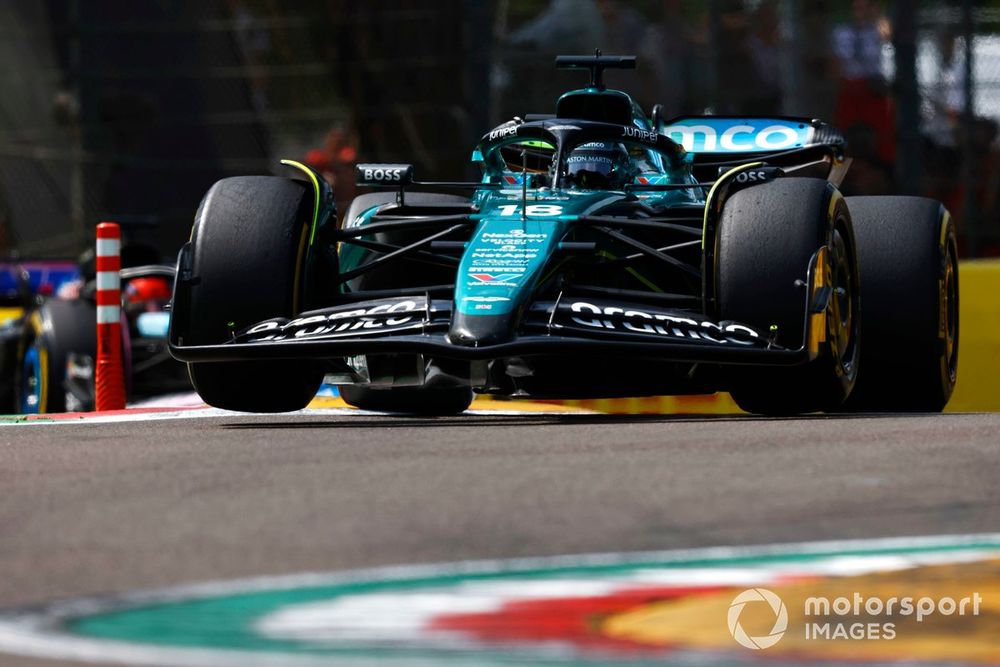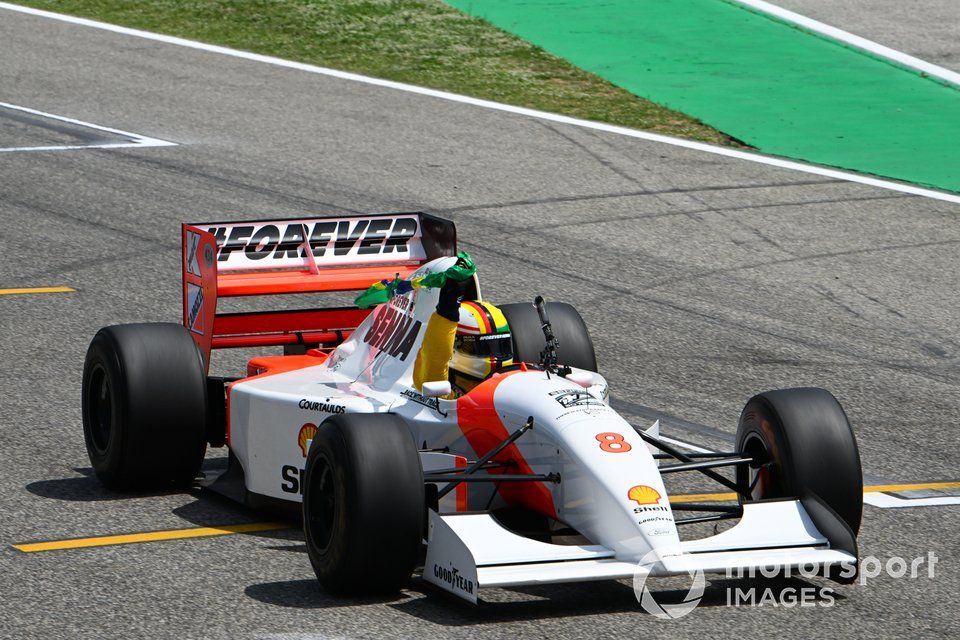MotoGP has agreed a deal with the Balaton Park Circuit that will result in Hungary returning to the championship for the first time in 33 years.
As reported by Motorsport.com at the end of August, the recently-built Balaton Park Circuit on the outskirts of Hungary’s capital Budapest will be the most notable addition on the 2025 MotoGP calendar.
The organisers have set 22-24 August as the date for Hungary’s first premier class race since 1992, while the circuit will also hold a World Superbike Championship event on 25-27 July as part of the preparations.
It is expected that the Portimao circuit in Portugal, which has become an annual fixture on the calendar since making its debut in 2020, will make way for Hungary on next year’s schedule.
“We’re very happy to announce that Balaton Park will be on the 2025 calendar for MotoGP and WorldSBK,” said Carmelo Ezpeleta, CEO of Dorna Sports.
“The circuit is in a spectacular location and will be a fantastic destination for fans to come and see the world’s most exciting sport in action.
“Work is under way to get the venue ready for its historic debut on the calendar, adding another chapter to Hungary’s history in motorcycle grand prix racing, and we’re very much looking forward to returning to a key market in central Europe.”

Balaton Park
Photo by: Balaton Park
The event will be organised and promoted by HUMDA Hungarian Mobility Development Agency Zrt., a part of the Szechenyi University Group.
Prior to staging WSBK and MotoGP races in consecutive months in 2025, the circuit will undergo a number of changes to meet the FIM’s requirement for a Grade A Licence.
Firstly, two smaller radius corners will be added to the inside of the track at Turn 7, where the run-off area will also be expanded. A new chicane will replace the original Turn 11 to reduce speed and increase overtaking opportunities.
Finally, a new combination of technical corners will be incorporated just below the circuit hotel to increase the challenge for the riders.
MotoGP is expected to announce the full 2025 calendar in due course.
Hungary last hosted a round of the world championship was in 1992, when Eddie Lawson won on a Cagiva at the Hungaroring, a track which is now more famous for hosting the annual Formula 1 Hungarian Grand Prix.



























